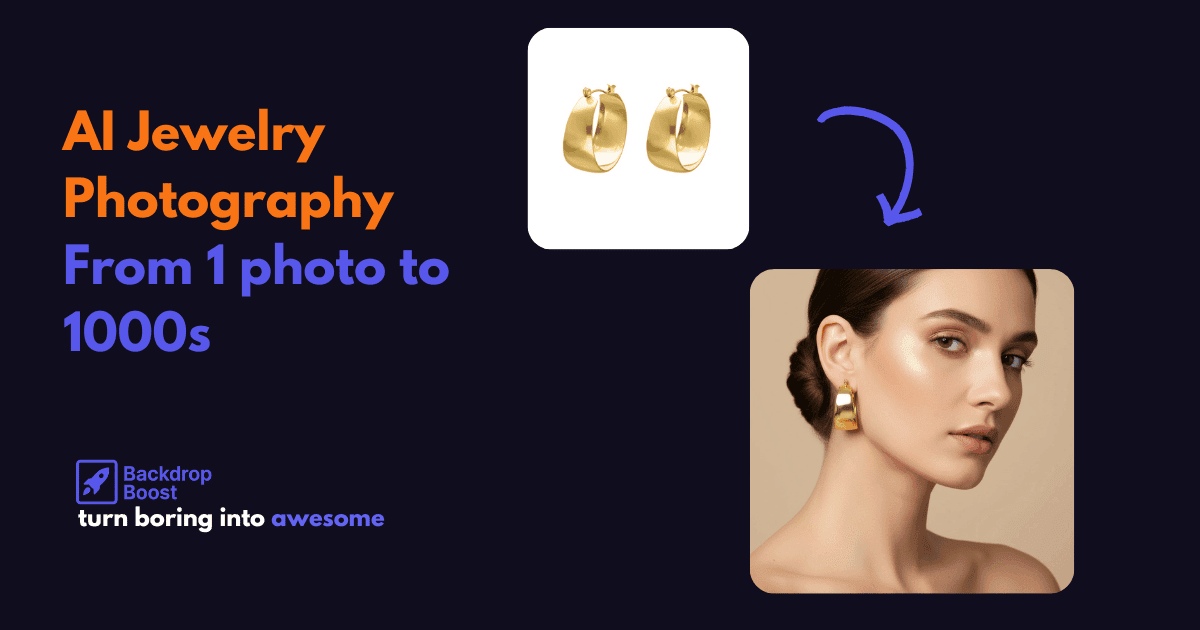
AI Jewelry Photography: Transform Your Product Images from Amateur to Luxury Brand Quality
Learn how AI transforms traditional jewelry photography challenges into automated solutions. Master lighting, reflections, and luxury backgrounds with structured prompts that create magazine-quality images instantly.
🤖Explore this article with AI
Get AI-powered summaries, insights, and analysis from top AI platforms. Each platform offers unique perspectives on the content.
Ever spent hours trying to capture that perfect sparkle in your diamond ring?
Or struggled with reflections turning your silver necklace into a mirror ball?
Traditional jewelry photography is notoriously difficult - requiring specialized equipment, perfect lighting, and endless patience.
AI changes everything.
This guide shows you how to transform basic jewelry photos into luxury-brand quality images using AI-powered background generation. No expensive equipment. No complex setups. Just professional results.
Explore our Jewelry Image tool →
Why Jewelry Photography is Different (And Why AI Excels)
Jewelry photography presents unique challenges that make it one of the most demanding product photography niches:
Traditional Challenges:
- Reflection Management: Metals and gems create unpredictable reflections
- Scale Issues: Tiny products require macro lenses and precise focus
- Lighting Complexity: Need to balance sparkle without creating harsh spots
- Background Selection: Must complement without overwhelming delicate pieces
- Consistency: Maintaining uniform look across entire collections
The AI Advantage:
Modern AI models understand these challenges and automatically compensate:
- Intelligent reflection preservation that maintains authenticity
- Background generation that respects scale and proportion
- Lighting simulation that enhances without overwhelming
- Instant creation of luxury contexts from simple white backgrounds
From White Background to Luxury Showcase: Real Examples
All you need is a single photo of your product. Be that white background, or a simple photo of your product.
Then, you can use AI to generate a luxury showcase for your product.
Put it on a model, in a luxury setting, with the perfect lighting. You name it, and AI can do it.
Let's look at actual transformations using AI-powered background generation:
Example 1: Bracelet
Before: Plain white background
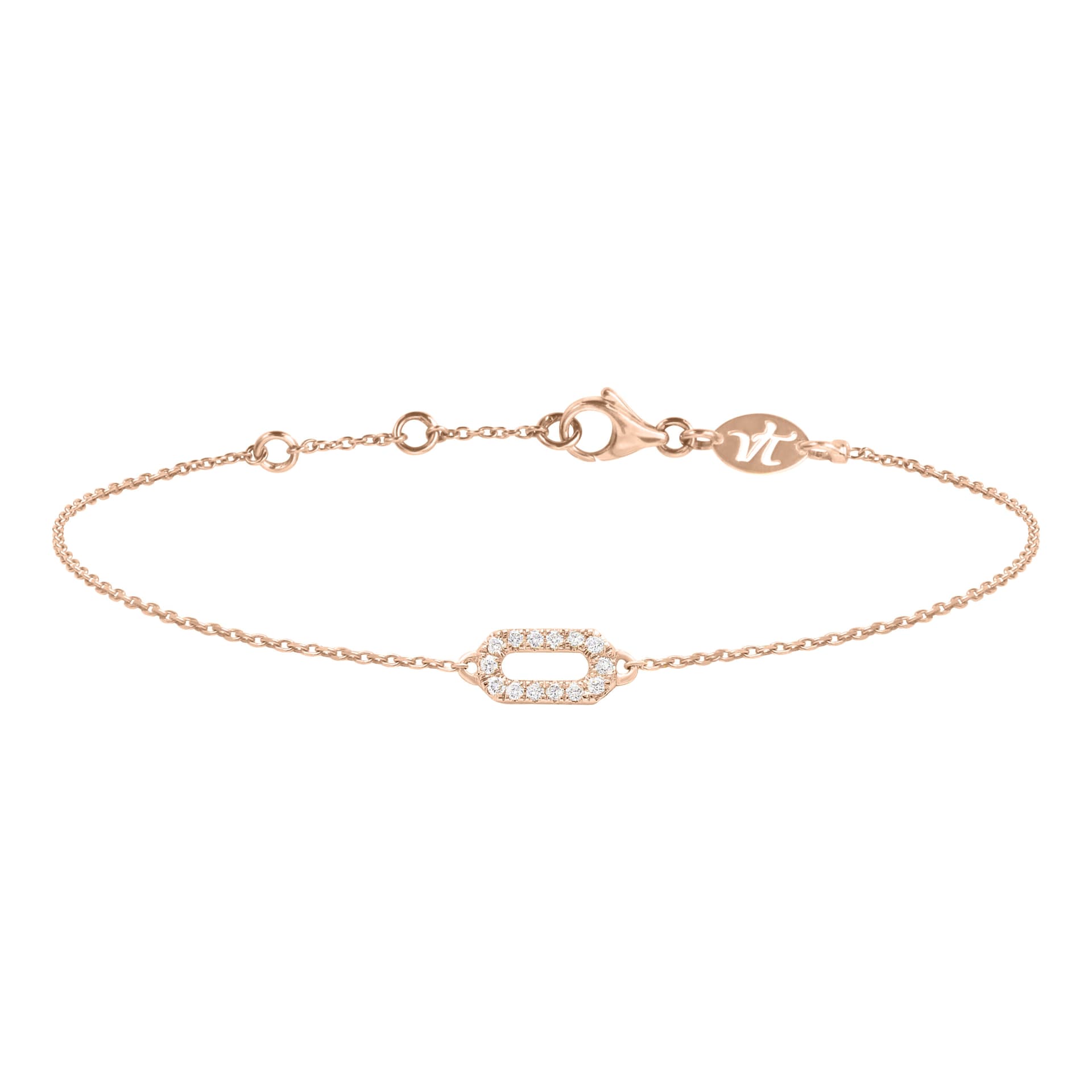
After - Option 1: Bracelet on a model's hand
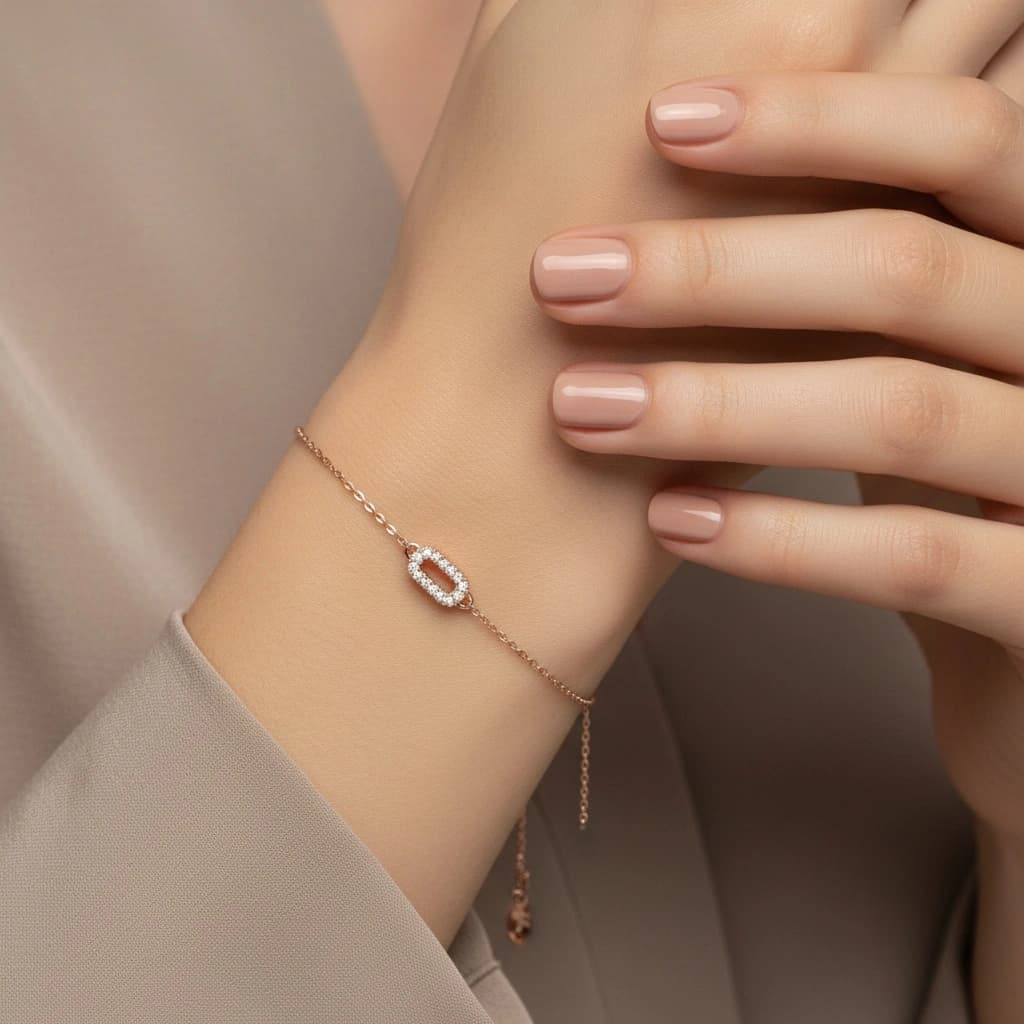
After - Option 2: Bracelet on a models hand in silk
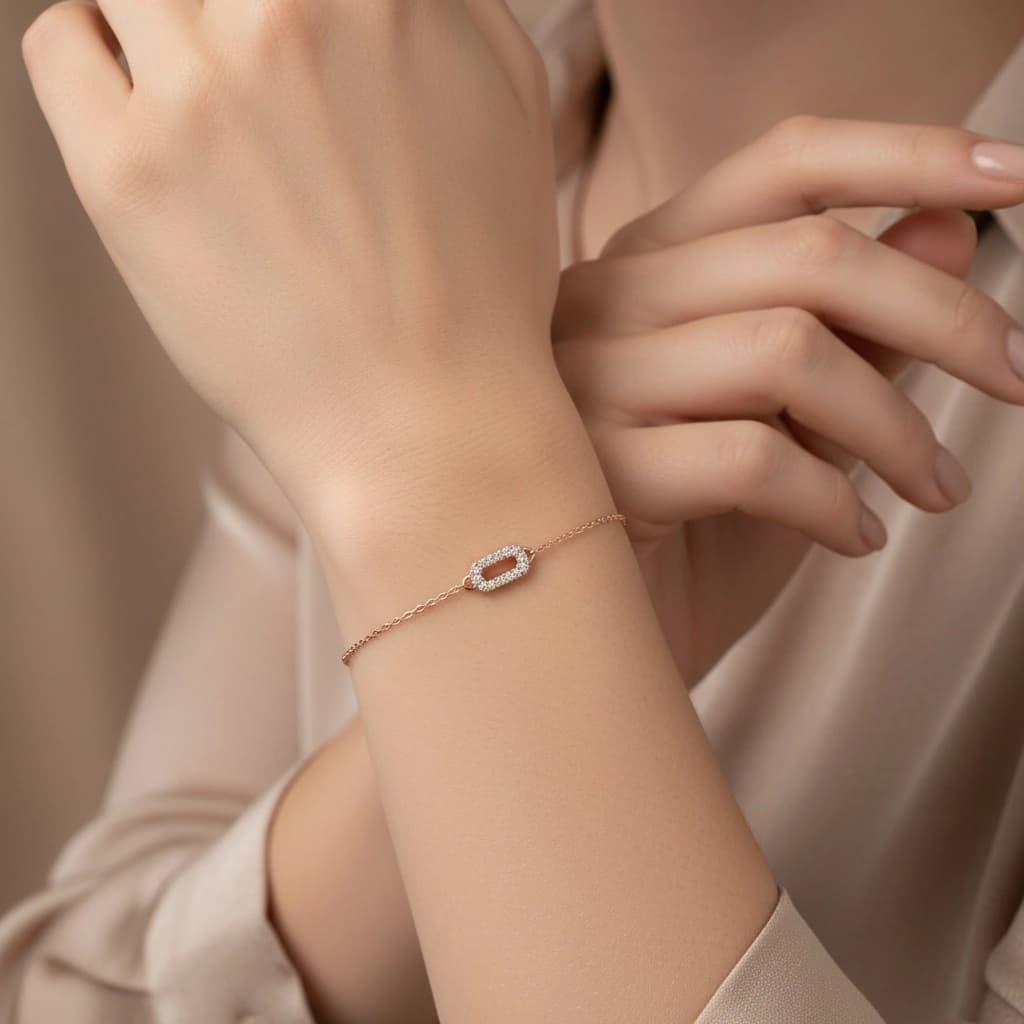
Example 2: Earring
Before: Basic product shot
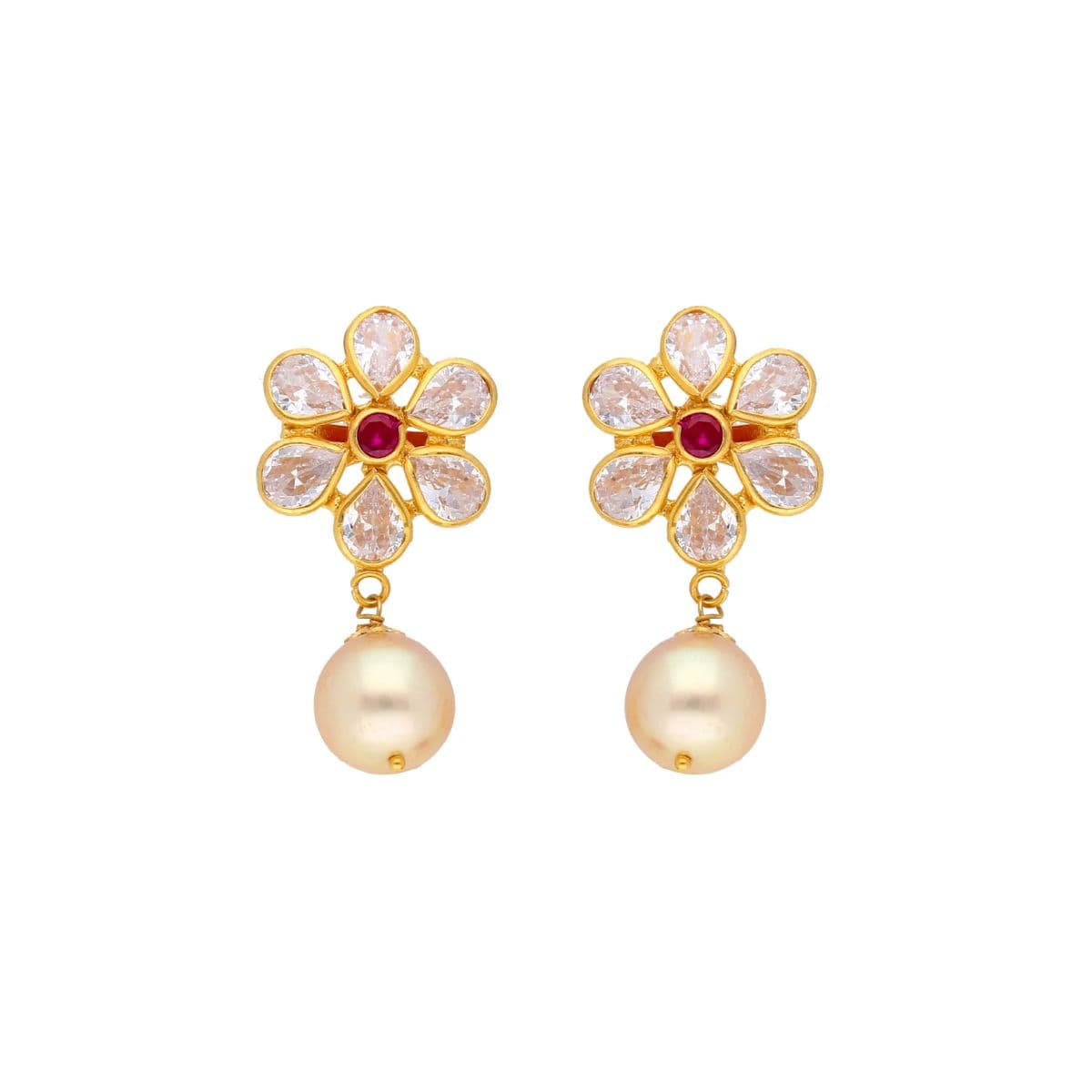
After - Option 1: Earrings presented in a luxury boutique
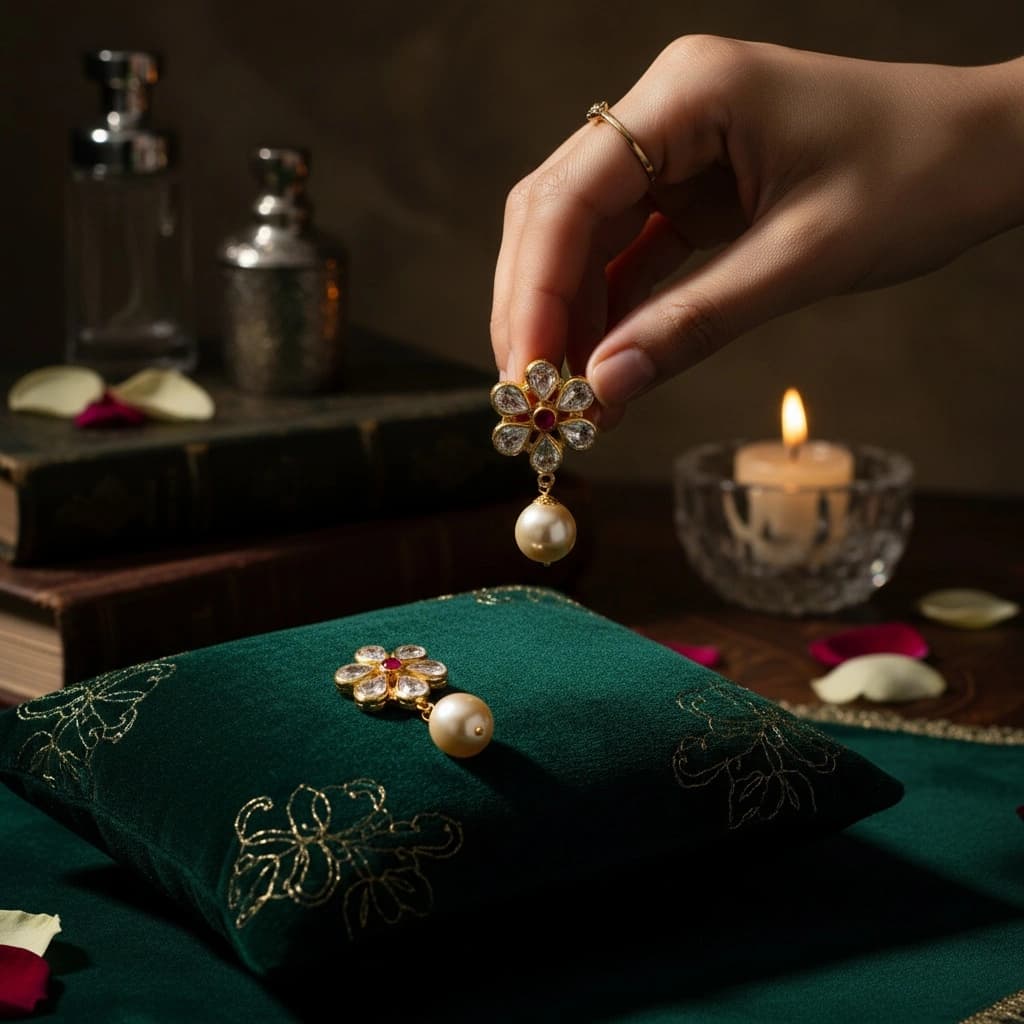
After - Option 2: Earrings presented on a model
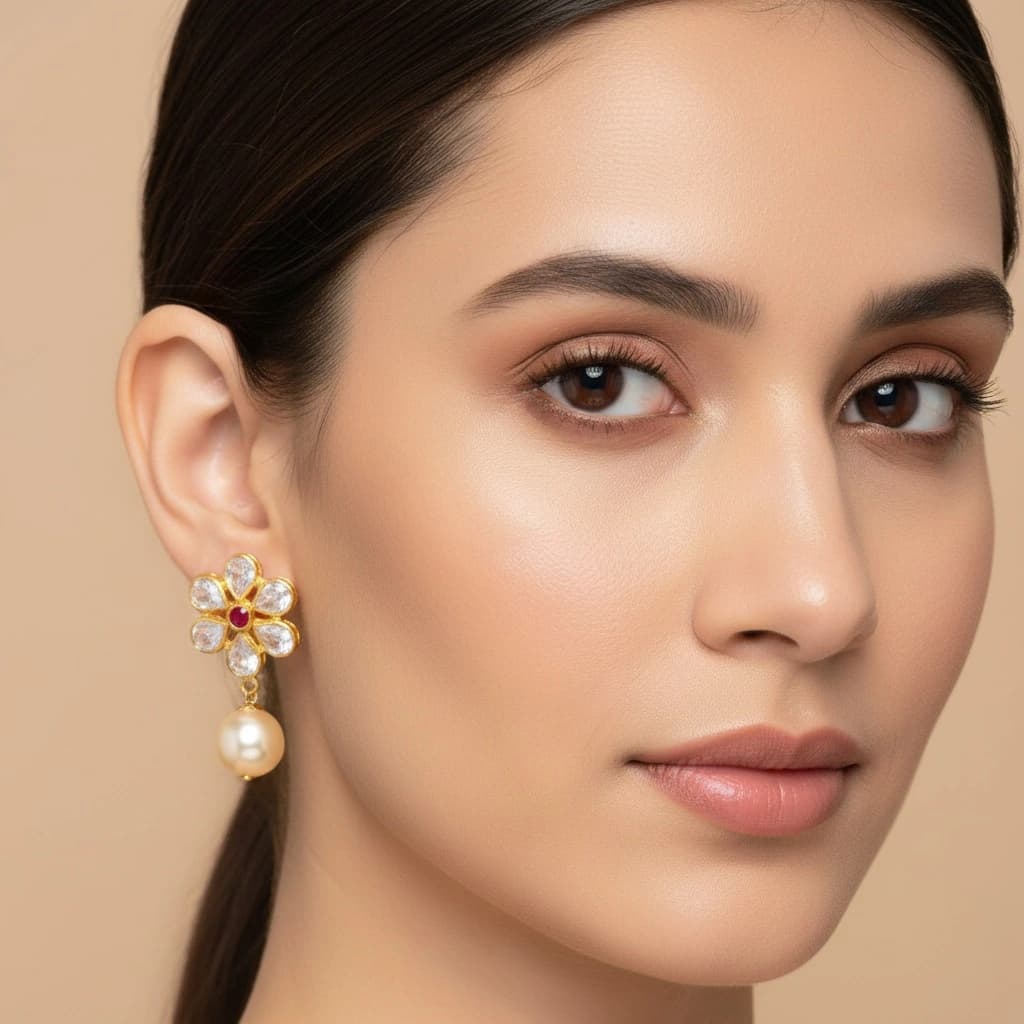
These photos would have taken hours to create, and required a lot of expensive equipment, models and so on. You can get to a photo like this in seconds with AI.
Essential AI Techniques for Jewelry Photography
1. Mastering Virtual Lighting
Traditional advice says "bright, indirect light is your friend" - but with AI, you can simulate any lighting condition:
Soft Box Lighting Prompt:
{
"visual_style": {
"lighting": {
"type": "studio softbox",
"direction": "45-degree angle from above",
"intensity": "bright but diffused",
"highlights": "subtle sparkle on diamonds"
}
}
}
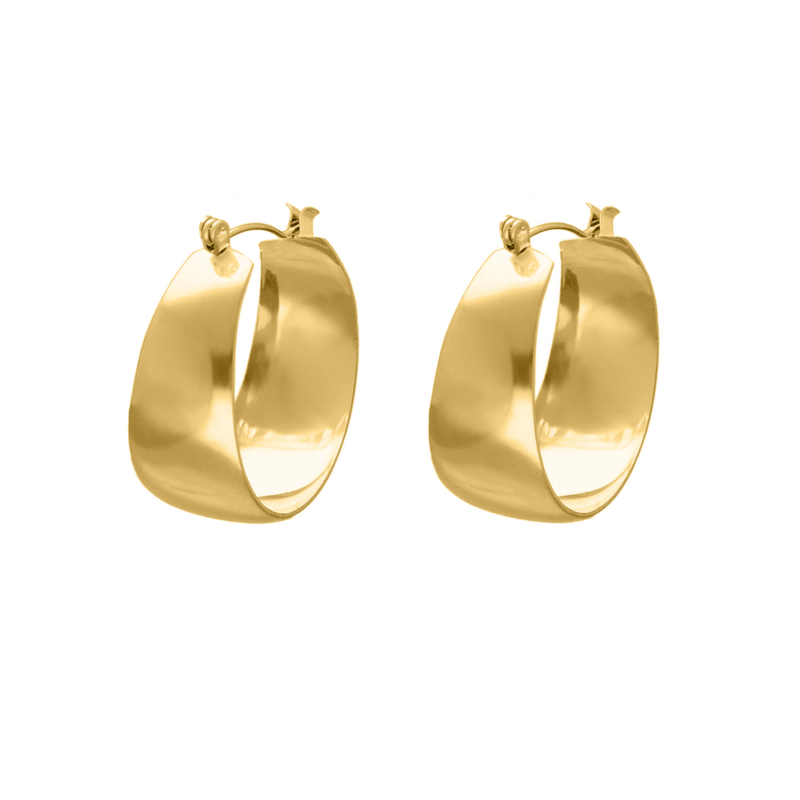
.png)
Natural Window Light Prompt:
{
"description": "Gold necklace in natural morning light",
"visual_style": {
"lighting": {
"type": "natural window light",
"direction": "side lighting from left",
"color_temperature": "warm golden hour",
"shadows": "soft and gradual"
}
}
}
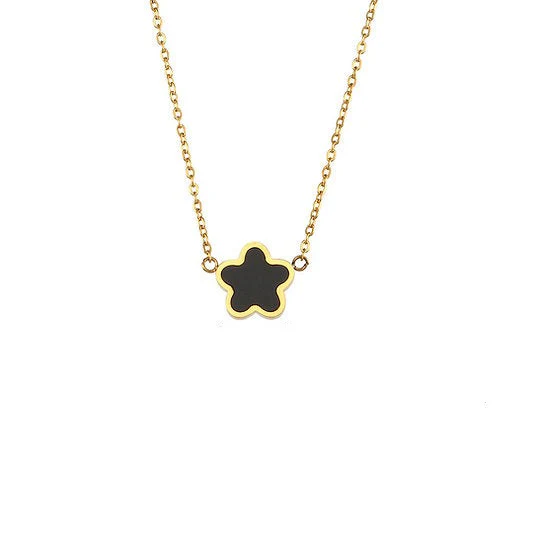
.png)
2. Creating Luxury Backgrounds
Instead of investing in expensive replica surfaces or handcrafted papers, use AI to generate any background:
Velvet Display Box:
{
"description": "Luxury earrings in premium presentation",
"environment": {
"location": "velvet jewelry box interior",
"surfaces": ["deep burgundy velvet", "gold trim edges"],
"textures": ["plush fabric", "subtle fabric grain"],
"props": ["silk ribbon", "brand card"]
}
}

.png)
Marble Showcase:
{
"environment": {
"location": "high-end jewelry store display",
"surfaces": ["white Carrara marble with grey veining"],
"props": ["small succulent", "gold display stand"],
"spatial_arrangement": "minimalist with ample negative space"
}
}
3. Managing Reflections and Sparkle
Traditional photographers use white boards and cut holes in poster board to control reflections. AI handles this automatically:
Controlled Reflection Prompt:
{
"constraints": {
"preserve_product": true,
"maintain_reflections": true,
"reflection_intensity": "subtle and elegant"
},
"visual_style": {
"post_processing": ["gentle highlight enhancement", "reflection softening"]
}
}
4. Scale and Proportion
Unlike traditional photography where you need museum putty or fishing wire to position jewelry, AI maintains perfect scale:
Lifestyle Context Prompt:
{
"composition": {
"product_scale": "20% of frame to show delicate nature",
"product_placement": "draped naturally on jewelry stand",
"context_elements": ["vanity mirror in soft focus", "perfume bottle"]
},
"constraints": {
"maintain_actual_size": true,
"preserve_chain_links": true
}
}

.png)
Complete JSON Prompts for Different Jewelry Types
For Rings:
{
"environment": {
"location": "high-end jewelry boutique",
"surfaces": ["black velvet display pad", "glass counter"],
"props": ["rose petals scattered", "ring box partially visible"],
"lighting_props": ["crystal chandelier reflection"]
},
"visual_style": {
"aesthetic": "luxury romance",
"mood": "elegant and aspirational",
"lighting": {
"type": "jewelry store spotlights",
"direction": "multiple angles for maximum sparkle",
"intensity": "bright on diamonds, soft on band"
},
"camera": {
"angle": "45-degree elevated",
"distance": "macro close-up",
"depth_of_field": "shallow with ring in sharp focus"
},
"color_palette": ["deep blacks", "bright whites", "subtle gold accents"]
},
"composition": {
"product_placement": "center with slight angle to show profile",
"negative_space": "60% for luxury feel"
},
"constraints": {
"preserve_product": true,
"enhance_sparkle": true,
"maintain_metal_finish": true,
"humans_in_image": false
}
}
For Necklaces:
{
"environment": {
"location": "luxury dressing room",
"surfaces": ["antique wooden jewelry box", "silk lining"],
"props": ["vintage hand mirror", "fresh white orchid"],
"spatial_arrangement": "necklace draped naturally with elegant curves"
},
"visual_style": {
"aesthetic": "timeless elegance",
"mood": "sophisticated and refined",
"lighting": {
"type": "soft natural light",
"direction": "window light from right",
"color_temperature": "neutral to warm"
},
"textures": ["pearl luster", "silk sheen", "wood grain"]
},
"composition": {
"product_placement": "S-curve arrangement",
"product_scale": "40% of frame",
"balance": "asymmetrical for visual interest"
},
"constraints": {
"preserve_pearl_luster": true,
"maintain_clasp_detail": true,
"humans_in_image": false
}
}
For Earrings:
{
"environment": {
"location": "jewelry store window display",
"surfaces": ["white leather display cushion"],
"props": ["earring stands", "subtle brand plaque"],
"background": "soft bokeh of store interior"
},
"visual_style": {
"aesthetic": "modern luxury",
"lighting": {
"type": "LED display lighting",
"intensity": "bright and clean",
"highlights": "emphasize diamond brilliance"
},
"camera": {
"angle": "straight on",
"distance": "close-up for detail",
"focal_point": "diamond centers"
}
},
"composition": {
"product_placement": "symmetrical pair display",
"breathing_room": "generous white space"
},
"constraints": {
"match_pair_positioning": true,
"preserve_setting_details": true,
"humans_in_image": false
}
}
For Bracelets:
{
"environment": {
"location": "marble vanity top",
"surfaces": ["white marble with gold veining"],
"props": ["designer perfume bottle", "fresh peonies in vase"],
"atmosphere": "morning light in luxury bathroom"
},
"visual_style": {
"aesthetic": "aspirational lifestyle",
"mood": "fresh and luxurious",
"lighting": {
"type": "bright morning light",
"direction": "soft from window",
"reflections": "subtle on diamonds"
},
"color_palette": ["whites", "soft pinks", "gold accents"]
},
"composition": {
"product_placement": "curved naturally as if just removed",
"product_scale": "35% of frame",
"context": "lifestyle without being cluttered"
},
"constraints": {
"preserve_clasp_mechanism": true,
"maintain_link_definition": true,
"humans_in_image": false
}
}
Pro Tips for AI Jewelry Photography
1. Start with Quality Base Images
- Shoot on pure white or transparent background
- Ensure product is clean (no fingerprints or dust)
- Capture at highest resolution possible
- Multiple angles give AI more to work with
2. Layer Your Prompts
Begin simple, then add complexity:
- First: Basic environment and lighting
- Second: Add props and textures
- Third: Fine-tune mood and post-processing
3. Maintain Collection Consistency
Create a "brand template" prompt and modify only specific elements:
{
"brand_style": {
"consistent_elements": {
"lighting": "always soft and elegant",
"color_grading": "slightly warm and inviting",
"background_theme": "luxury minimalist"
},
"variable_elements": {
"props": "change based on piece type",
"exact_surface": "vary between marble, velvet, wood"
}
}
}
4. Test Different Markets
Create variations for different selling channels:
- Instagram: Lifestyle contexts with trending aesthetics
- Google Shopping: Add lifestyle scenes to your product photos
- Luxury Marketplaces: Ultra-high-end settings
- Etsy: Artisanal, handcraft-focused environments
Scaling Your Jewelry Photography with AI
The Power of Bulk Processing
Once you've perfected your prompts, apply them across entire collections:
- Upload: Single white-background photo of each piece
- Apply: Your tested JSON prompt template
- Generate: Multiple variations per product
- Select: Best options for each channel
Want to generate hundreds of jewelry images at once?
BackdropBoost's bulk AI jewelry photo tool lets you upload your collection and create luxury backgrounds for every piece in minutes. Perfect for scaling your product photography—no manual editing required!
Result: What traditionally takes weeks now takes hours.
A/B Testing Made Simple
With JSON prompts, testing becomes scientific:
- Change only the
"environment.location"value - Generate both versions
- Test conversion rates
- Scale the winner across all products
Common Mistakes to Avoid
1. Over-Complicated Scenes
Jewelry should be the star. Avoid prompts with too many props that distract.
2. Ignoring Scale
Always include scale references in your prompts to maintain realistic proportions.
3. Wrong Lighting for Metal Type
- Gold: Warm lighting enhances richness
- Silver/Platinum: Cool lighting maintains elegance
- Rose Gold: Neutral to slightly warm
4. Forgetting Platform Requirements
Google Shopping has specific requirements - always include compliance in your constraints.
Transform Your Jewelry Business Today
AI-powered jewelry photography isn't just about saving time and money (though it does both dramatically). It's about achieving a level of consistency and quality that was previously reserved for luxury brands with massive budgets.
With the right prompts and understanding, you can:
- Create magazine-quality images from simple photos
- Test unlimited creative variations
- Maintain perfect consistency across collections
- Scale your visual content production instantly
The examples and prompts in this guide give you everything needed to start creating professional jewelry photography with AI. No more struggling with reflections, no more expensive equipment, no more inconsistent results.
Just beautiful, conversion-optimized jewelry images that sell.
Ready to Start?
Transform your jewelry photography with AI-powered background generation. Start your free trial and see the difference professional imagery makes for your sales.

About Alfred Simon
Co-Founder at BackdropBoost
Google Ads Expert • AI Entrepreneur
Hey there! I'm Alfred, a Google Ads expert turned AI entrepreneur. After years of managing Google Shopping campaigns and fighting for better performance, I built BackdropBoost to solve the image background problem that was driving me (and my clients) crazy.
With almost a decade of experience in Google Ads and managing hundreds of millions of dollars in ad spend, I know we need to take every opportunity to improve our campaigns. Back in the day we went down in the rabbit holes of SKAGs, adding bid adjustments to everything we could and creating waterfall Shopping campaigns.
Nowadays most of those things are automated. Now we have AI to play with and we need to use it to our advantage.
That is why I built BackdropBoost. With years of experience in Google Ads now I try to create tools that will help us, Google Ads experts, to find new opportunities to improve our campaigns.
Got questions about Google Shopping, AI image generation, or scaling e-commerce campaigns? I'd love to connect and chat!
Related Resources
Ready to Transform Your Product Images?
Get 5 free credits to test our AI-powered background generator
Start Free Trial